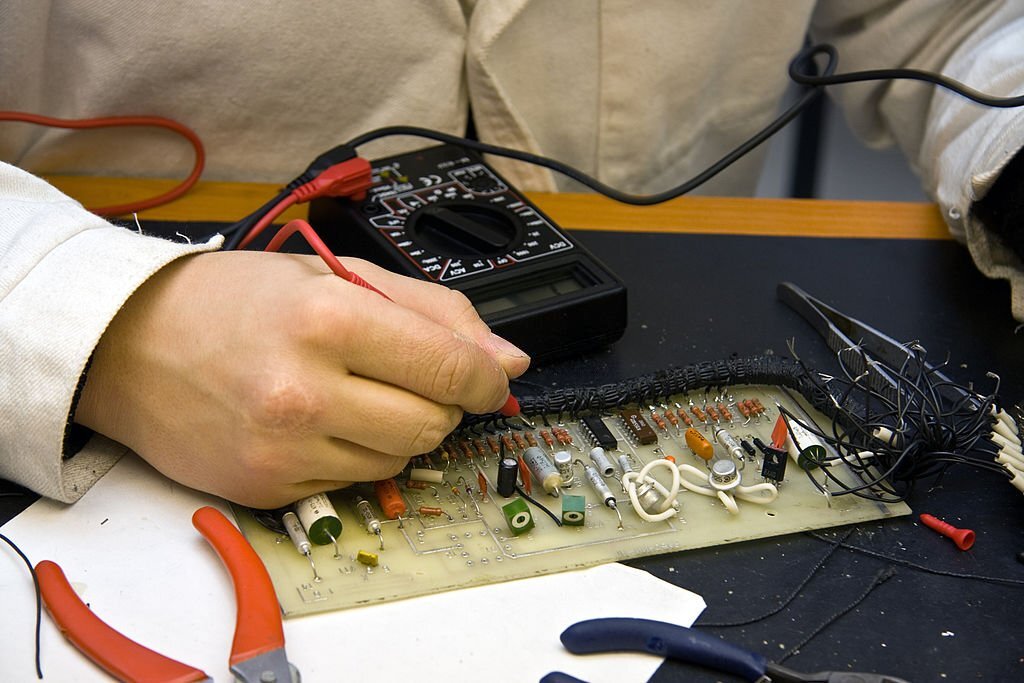In any industrial setting, electrical safety is of utmost importance. With the potential for high voltage and complex machinery, ensuring that all electrical equipment functions correctly and does not pose a risk to workers or property is crucial. This is where the Melbourne 3-phase test and tag comes into play. This article will explore the benefits of implementing this testing and tagging system in industrial applications.

First and foremost, the Melbourne 3-phase test and tag comprehensively assess electrical equipment. Unlike single-phase testing, which only checks one phase of power, 3 phase testing examines all three phases simultaneously. This ensures that any faults or issues with the equipment are identified and rectified promptly, reducing the risk of electrical accidents or fires. By detecting potential problems early on, businesses can prevent costly breakdowns and downtime, ultimately saving time and money in the long run.
Another benefit of the Melbourne 3 phase test and tag is that it helps to ensure compliance with safety regulations and standards. Many countries have specific guidelines and requirements for electrical equipment in industrial settings. By regularly testing and tagging equipment, businesses can demonstrate their commitment to safety and compliance. This not only protects workers and property but also helps to avoid potential legal and regulatory issues. Compliance with safety standards also enhances the business’s reputation, making it more attractive to potential clients and customers.
Furthermore, the Melbourne 3-phase test and tag promotes a safer working environment. By regularly testing electrical equipment, businesses can identify and address potential hazards before they cause harm. This not only protects workers but also boosts their confidence in the workplace. When employees feel safe and secure, their productivity and efficiency increase, ultimately benefiting the business’s overall performance. Moreover, a safer working environment reduces the likelihood of accidents and injuries, resulting in lower insurance premiums and fewer workers’ compensation claims.
The Melbourne 3-phase test and tag also helps prolong electrical equipment’s lifespan. Regular testing and maintenance can identify minor faults or issues that, if left unattended, could lead to major breakdowns or damage. By addressing these problems early on, businesses can extend the lifespan of their equipment and avoid costly repairs or replacements. This proactive approach to maintenance also improves equipment reliability, reducing the risk of unexpected failures and disruptions to operations.
Lastly, the 3-phase test and tag provide a comprehensive record of the testing and maintenance history of each piece of electrical equipment. This documentation is crucial for tracking the performance and condition of the equipment over time. It also serves as evidence of compliance with safety regulations and standards, which can be important during audits or inspections. A detailed record of testing and maintenance activities also helps businesses make informed decisions about repairs, replacements, or upgrades based on the equipment’s performance history.
In conclusion, there are numerous benefits of implementing Melbourne’s 3-phase test and tag in industrial applications. From ensuring compliance with safety regulations to promoting a safer working environment and prolonging the lifespan of electrical equipment, this testing and tagging system is essential for any business operating in an industrial setting. By investing in regular testing and maintenance, businesses can protect their workers, property, and reputation while saving time and money in the long run.